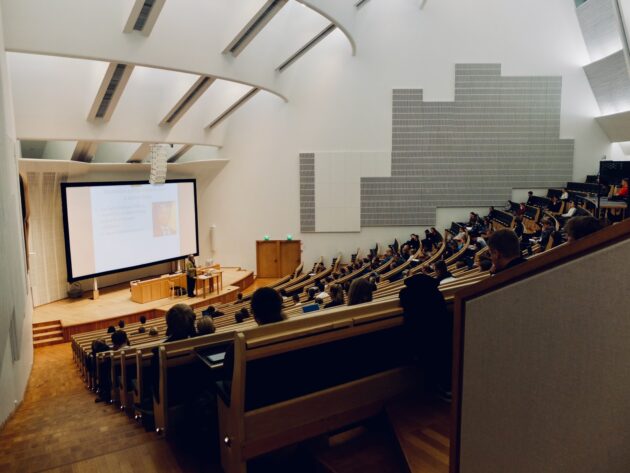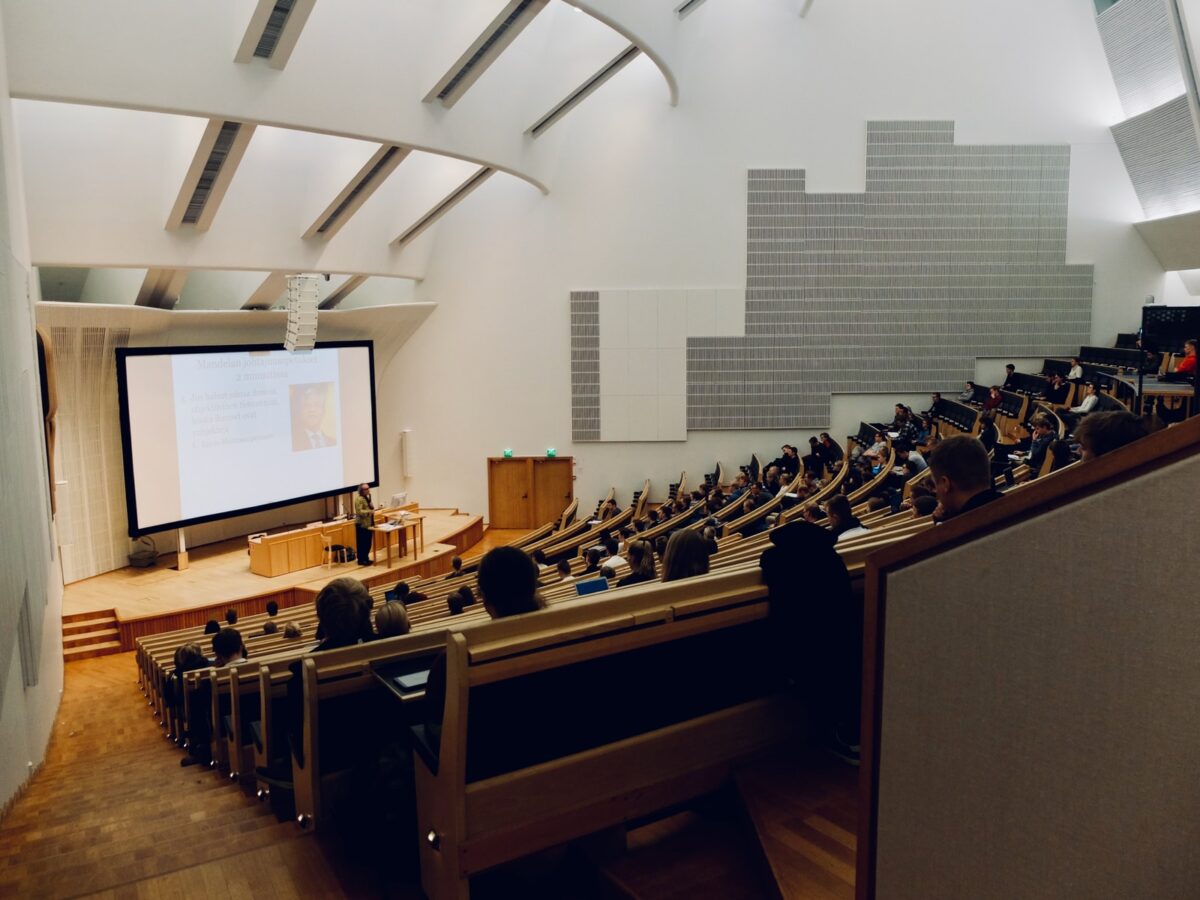Harry Hunt
In 2017, the Labour party campaigned on making the first year of university free. It was a policy that turned many heads; both of newly eligible voters, and of parents. In 2020, they promised to continue fees free, in a world where they had already spent more than they could earn.
When Labour was voted in, despite my being a hardcore National supporter, there was a part of me that felt relief, to know that I would be $8,000 less in debt by the time I graduated. It was only when attending my economics class, a day later, that I realised, not all that glisters is gold.
My teacher would go on tangents about how this was a waste of taxpayer money, and that the government would essentially wait to watch the program fall on its face. While I couldn’t disagree, part of me wondered what life would be like when I got to university.
Fast forward 4 years, enrolled, signed up and eager to learn. On the first day it was full with students, the university boasting its immense growth despite having a $3 million deficit the previous year following COVID-19. Despite some assurances that we were all safe, it seemed likely that the university would continue to be this packed place one would liken to an American movie. Cluttered halls, silent stares and caffeine zombies.
It was only when I was walking through the university mere weeks later that I realised something had changed. There was no clutter, no traffic; it looked as if it was at half capacity to what I had seen previously. Lecture hall audiences had decreased in size, and the tutorials were even less full, some only having 5-10 first year students in them.

This was the awakening that my teacher had spoken of many years ago. When you give essentially a “free trial” to something, everyone will sign up and then cancel that subscription before they are charged for it, much like an online streaming subscription. They take the first month free and then disappear. This is what was happening, but with millions of dollars at stake.
So many students, young, dumb and full of vigour, tend to impulsively make decisions without considering the flow on effects. As a beneficiary of the program, I set out to discover whether I was the only person realising that the money put into the program was never going to be made up. I spoke to one student who said, “I would prefer to have my last year subsidised, like a reward for hard work”. This sentiment seemed to ring true with the many different students I spoke to.
The reality is that this program was used to buy votes. It was a bad idea wrapped up in an incentive. The actual effects of this decision are never seen throughout the mainstream media, and only few are brave enough to publish the statistics of how much we are losing.
In 2015 it was reported by critic.co.nz that one in 5 university students drop out after their first year. In 2018 (one year after the program was established) it was reported by Vice that 1 in 3 university students drop out within the first year. These are statistics the government ignores to win votes.
In 2018 there were reportedly 175,240 enrolled students (universitiesnz.ac.nz). If we use the statistic gathered by Vice then approximately 58,400 students dropped out. The average cost is $7,000 per year. That is over 408 million dollars of taxpayer money wasted, never to be redeemed again.
Future voters, we are speaking to you. The government won’t listen to us and the mainstream media ignores us. You are the ones being stung in the pocket for something out of your control. Let our voices be heard through yours.
Please share so others can discover The BFD.

